|
|
|
|
|
|
|
|
March 23, 2023 | ISSUE 68 |
|
|
 |
RapidEye & PlanetScope • Enterprise, Las Vegas, Nevada, USA • January 9, 2010 - January 12, 2023 |
In this week’s issue:
Timelapses hint at trends in global changes A curious lake in Kazakhstan Celebrating a milestone with potash pools Having trouble viewing images? Then read this issue on Medium! |
|
|
|
|
FEATURE STORY10-Year Timelapses
Last week, scientists published an important discovery about Venus, Earth’s evil twin. A comparison of two radar images captured by the Magellan spacecraft in the early 90s revealed that a volcanic vent doubled in area over the course of 8 months; proof that the planet is still volcanically active. A single image is a flat point in time. Adding another image introduces an extra dimension. Images from the past do more than remind us of the clock’s steady march. They provide a reference with which to measure change and uncover groundbreaking discoveries. |
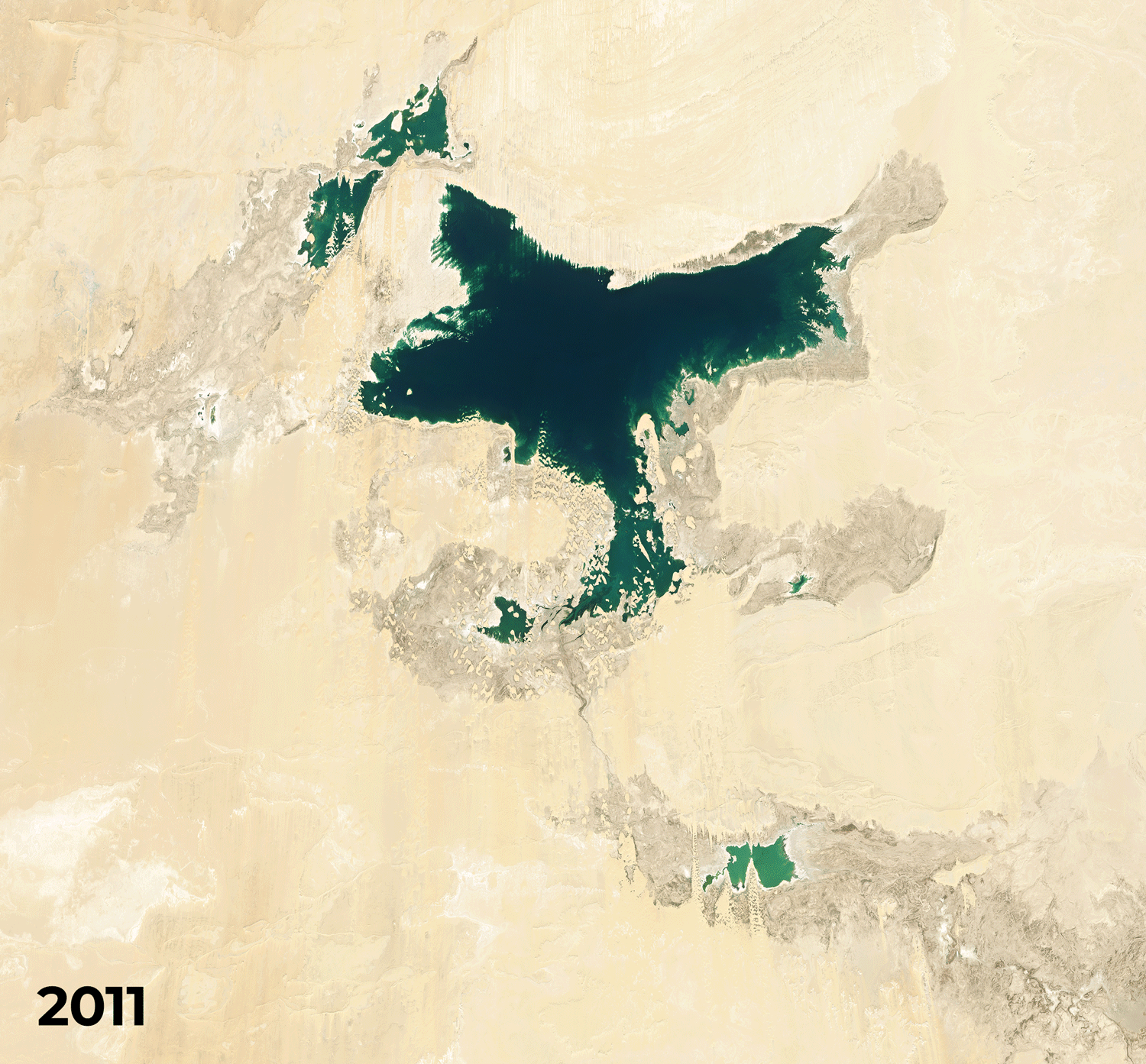 |
RapidEye & PlanetScope • Toshka Lakes, Egypt • January 29, 2011 - January 10, 2023 |
Timelapses also show us that it’s about the journey and not the destination. And since we’re in the business of documenting Earth’s journey, we’re writing its story in timelapses. So this week, we brought back the RapidEye/PlanetScope tag team to create some 10 to 14 year image comparisons. Though like the Hundred Years’ War (which was really 116 years long), we’re rounding down the number for the sake of a snappy title. |
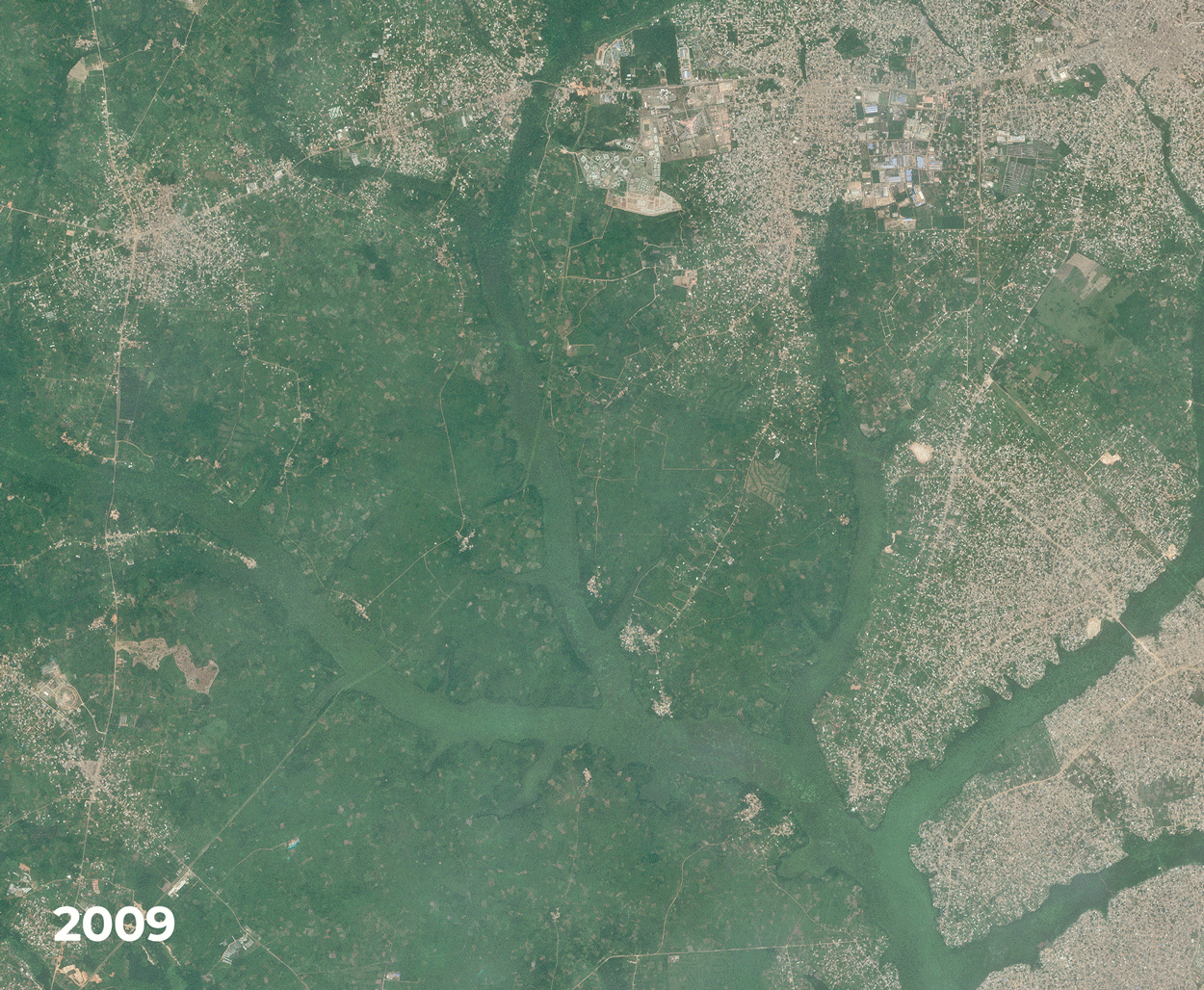 |
RapidEye & PlanetScope • Lagos, Nigeria • November 29, 2009 - December 19, 2022 |
Timelapses help visualize gradual change by condensing years into seconds. But it’s more than a party trick. These bite-size GIFs hint at the larger trends taking place in the whole enchilada that is planet Earth. Between 2010 and 2022, China’s population grew from 1.3 to 1.4 billion people. Pair rising populations with increased urbanization and you get cities building upwards and outwards. Here’s Hefei’s expansive sprawl as the city grew by nearly 2 million people. |
 |
RapidEye & PlanetScope • Hefei, China • May 1, 2010 - April 24, 2022 |
Humans are attracted to energy like a moth to a flame. Demand is rising as our populations grow and our tools advance. But energy itself is having a difficult moment as short supply spikes prices and fossil fuels alter the climate. To meet the surge of demand, energy infrastructure is sprouting from the ground in the form of oil wells, pipelines, solar panel arrays, and wind farms. |
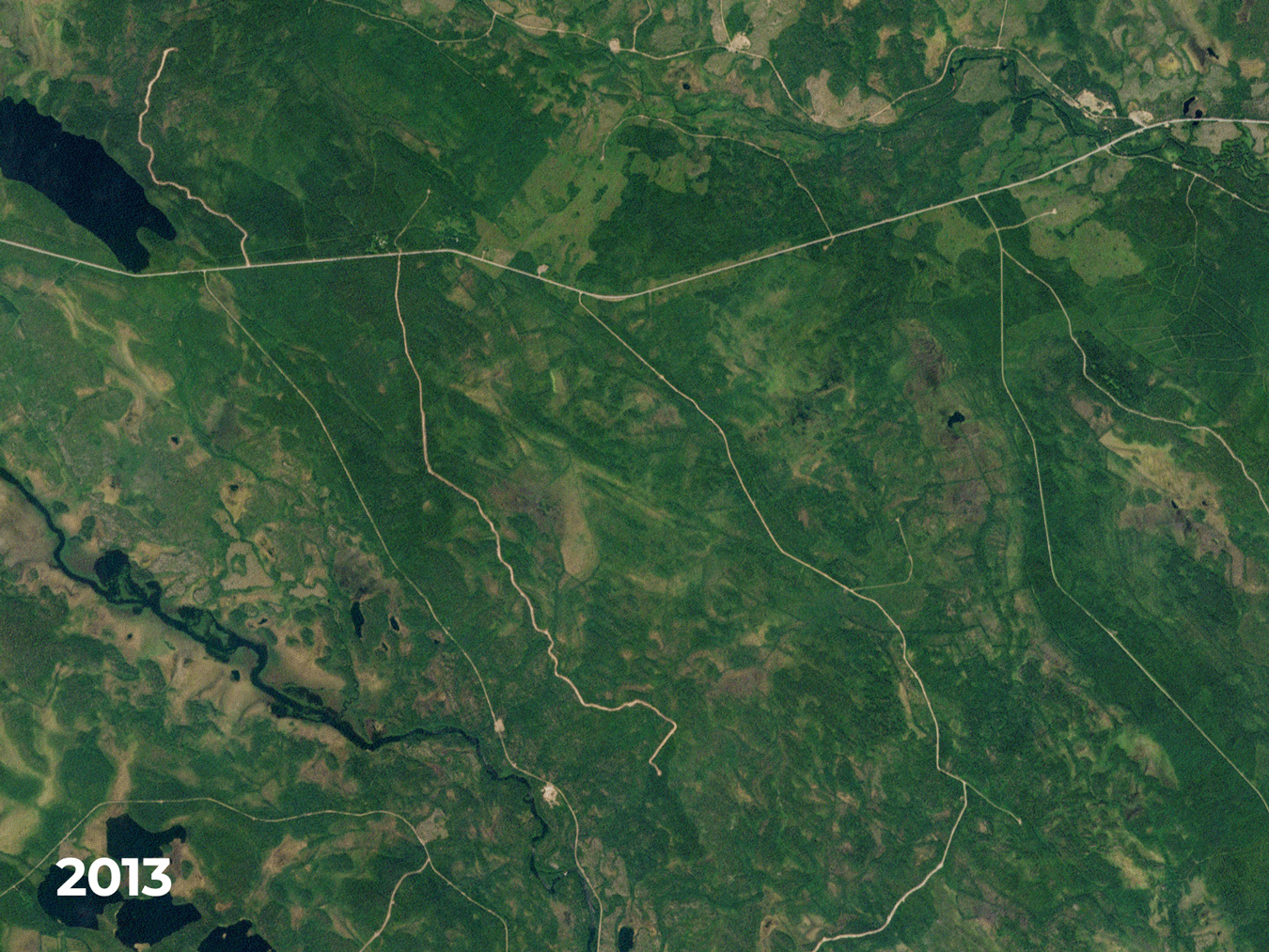 |
RapidEye & PlanetScope • Markbygden Wind Farm, Sweden • July 23, 2013 - June 27, 2022 |
Energy is a ladder to opportunity, but its rungs are only so wide. The nearly-completed Grand Ethiopian Renaissance Dam (seen in the top left) is set to produce electricity to half of Ethiopians currently without power. But Egypt and Sudan, both downstream from the project, fear that the dam will drastically limit water availability. Despite the feud, Ethiopia has begun filling the reservoir. |
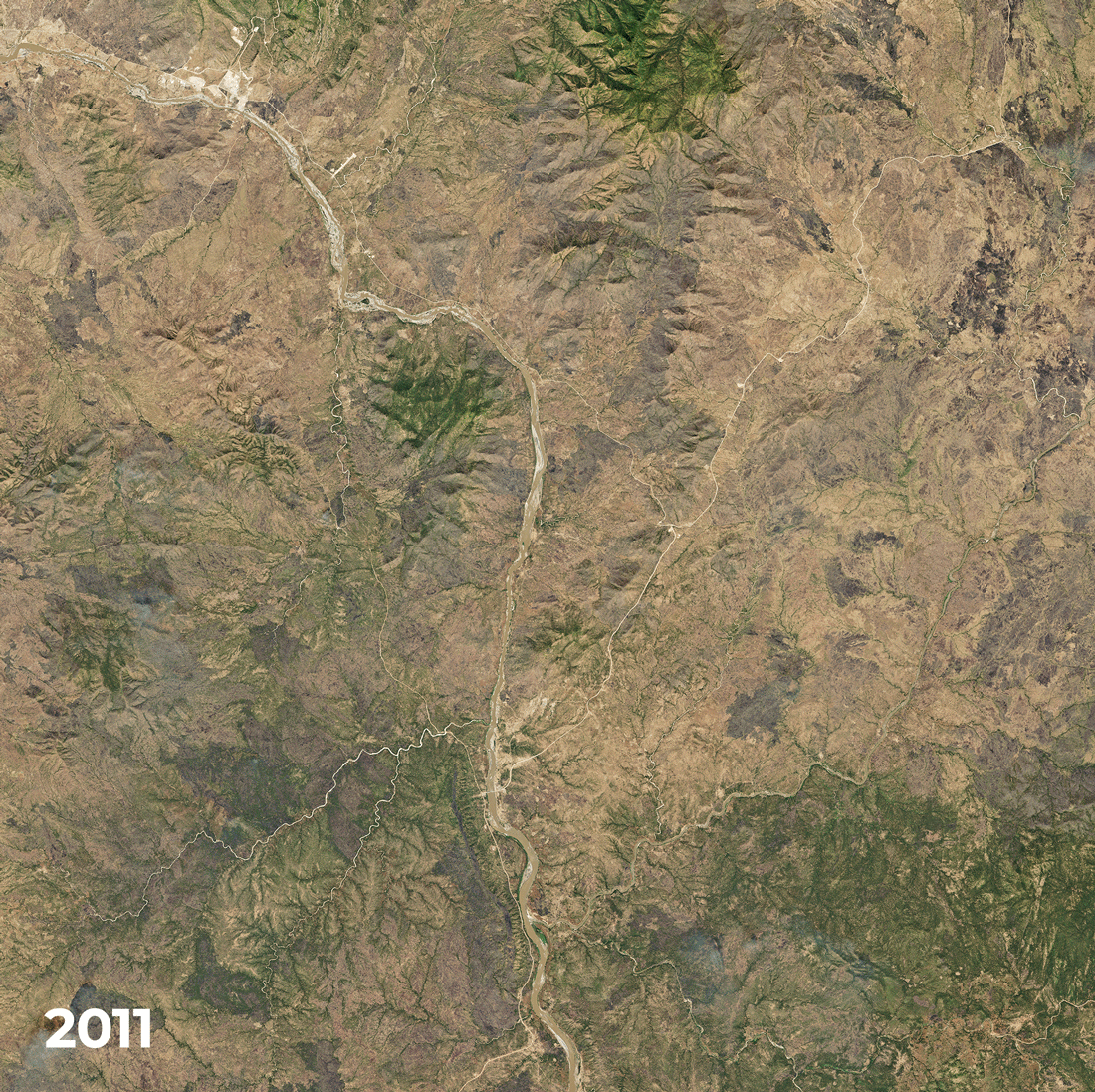 |
RapidEye & PlanetScope • Grand Ethiopian Renaissance Dam, Bameza, Ethiopia • November 27, 2011 - 2022 |
Grab a modern appliance at random, follow its production all the way down the supply line, and chances are you’ll end up at a hole in the Earth. If nitrogen, uranium, and oil were the defining materials of the 20th century, then the 21st will likely be defined by silicon and lithium… and also oil. Lithium is playing an increasingly vital role in batteries, from renewable energy to electric vehicles. The production race is on and the pits are getting deeper. |
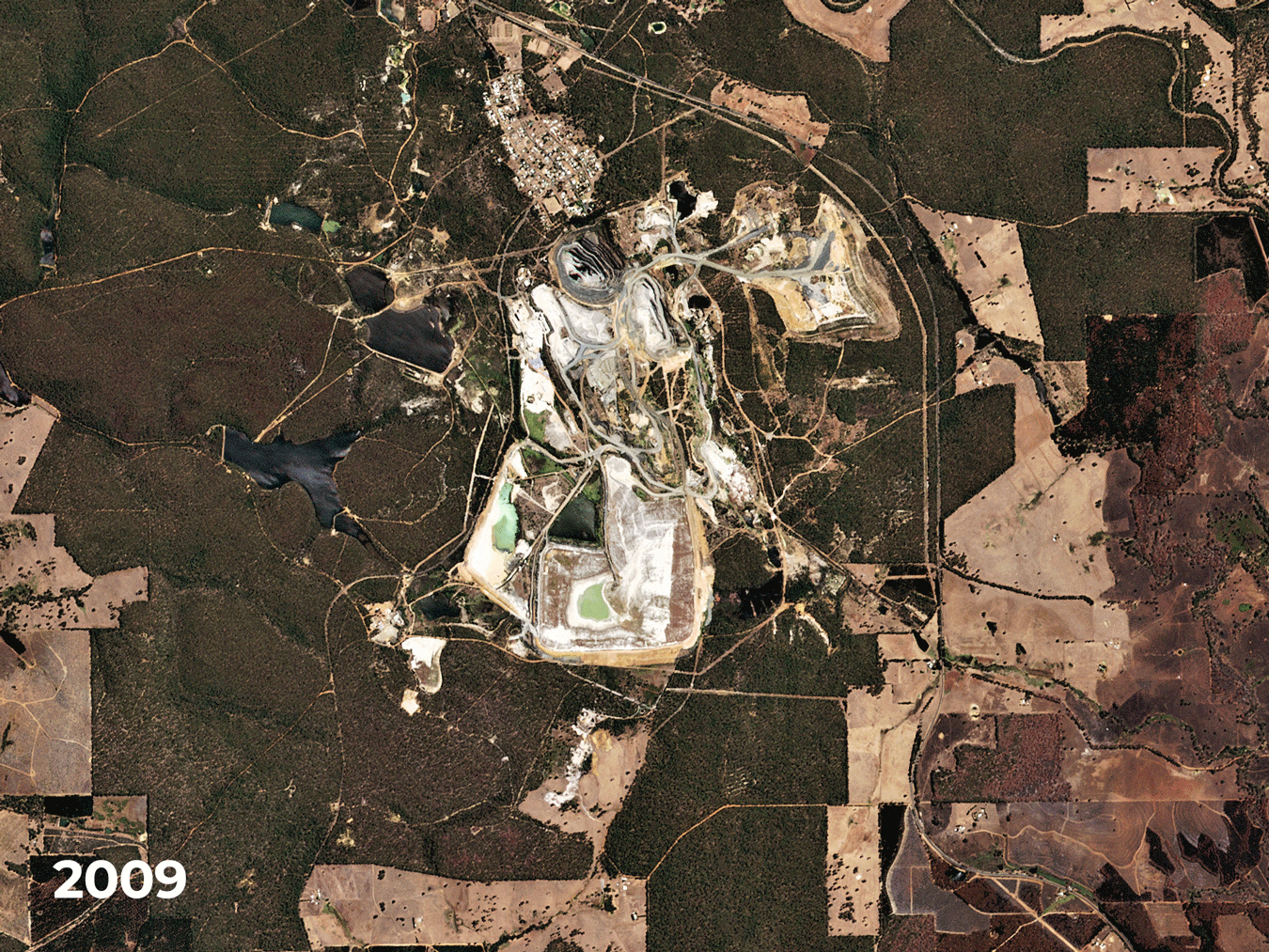 |
|
RapidEye & PlanetScope • Greenbushes lithium mine, Greenbushes, Australia • February 18, 2009 - February 12, 2023 |
Deforestation is nothing new, but the rate at which we’re clearing Earth’s forests is certainly unique to modern times. About 10 soccer pitches of tropical forests are lost every minute. It’s a staggering statistic to get your head around, though satellite timelapses can help grasp the scale. Mongabay recently used satellite data to report on the rapid increase in rainforest deforestation for agricultural use since 2001 by Mennonite communities in Bacalar, Mexico. |
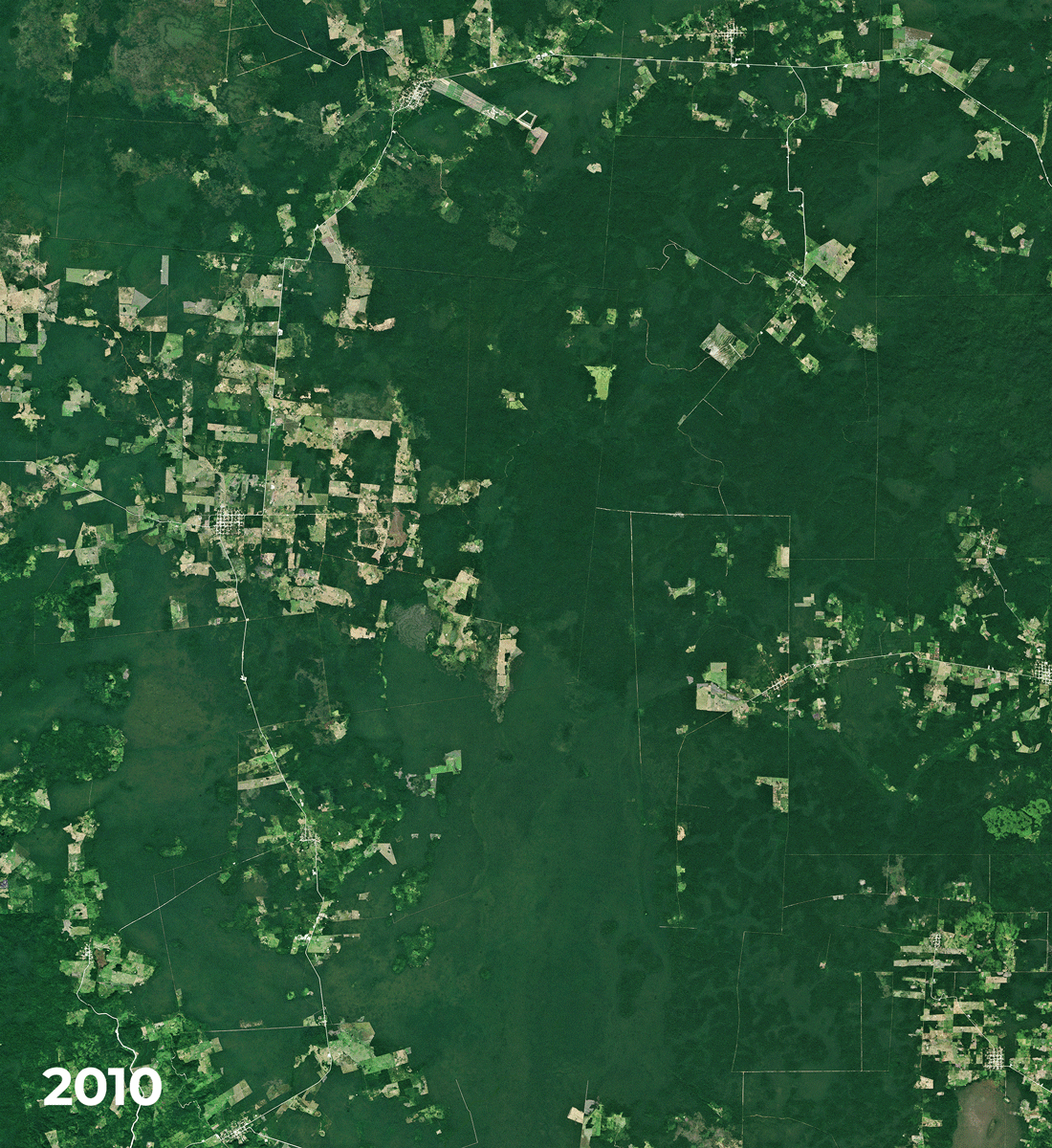 |
RapidEye & PlanetScope • Bacalar, Mexico • December 10, 2010 - January 16, 2022 |
Watching glaciers do anything besides calving is Earth’s equivalent of watching paint dry. Yet despite their even-slower-than-slothlike march, glaciers around the world are melting at alarming rates. Timelapses reveal this slow retreat and display the loss at a pace more engaging than a trickling melt. |
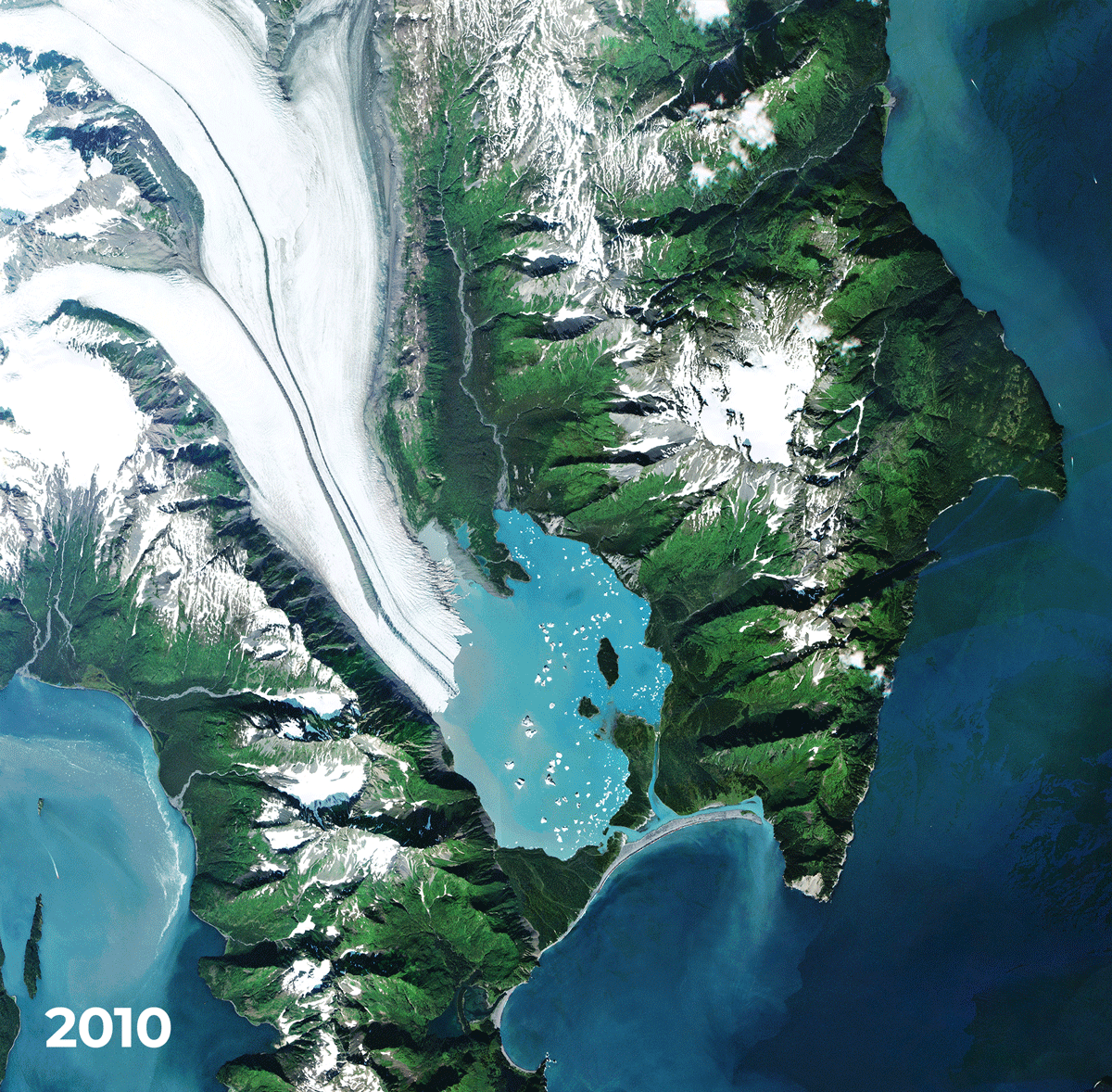 |
RapidEye & PlanetScope • Bear Glacier, Alaska, USA • August 23, 2010 - July 31, 2022 |
Another feature of the 21st century has been the reclamation of oceans and lakes. These artificial islands are like Atlantis in reverse, making do with limited available land by dumping sand in water and hoping for the best. Kidding, they’re expensive engineering marvels, even if they are often fraught with problems like sinking. |
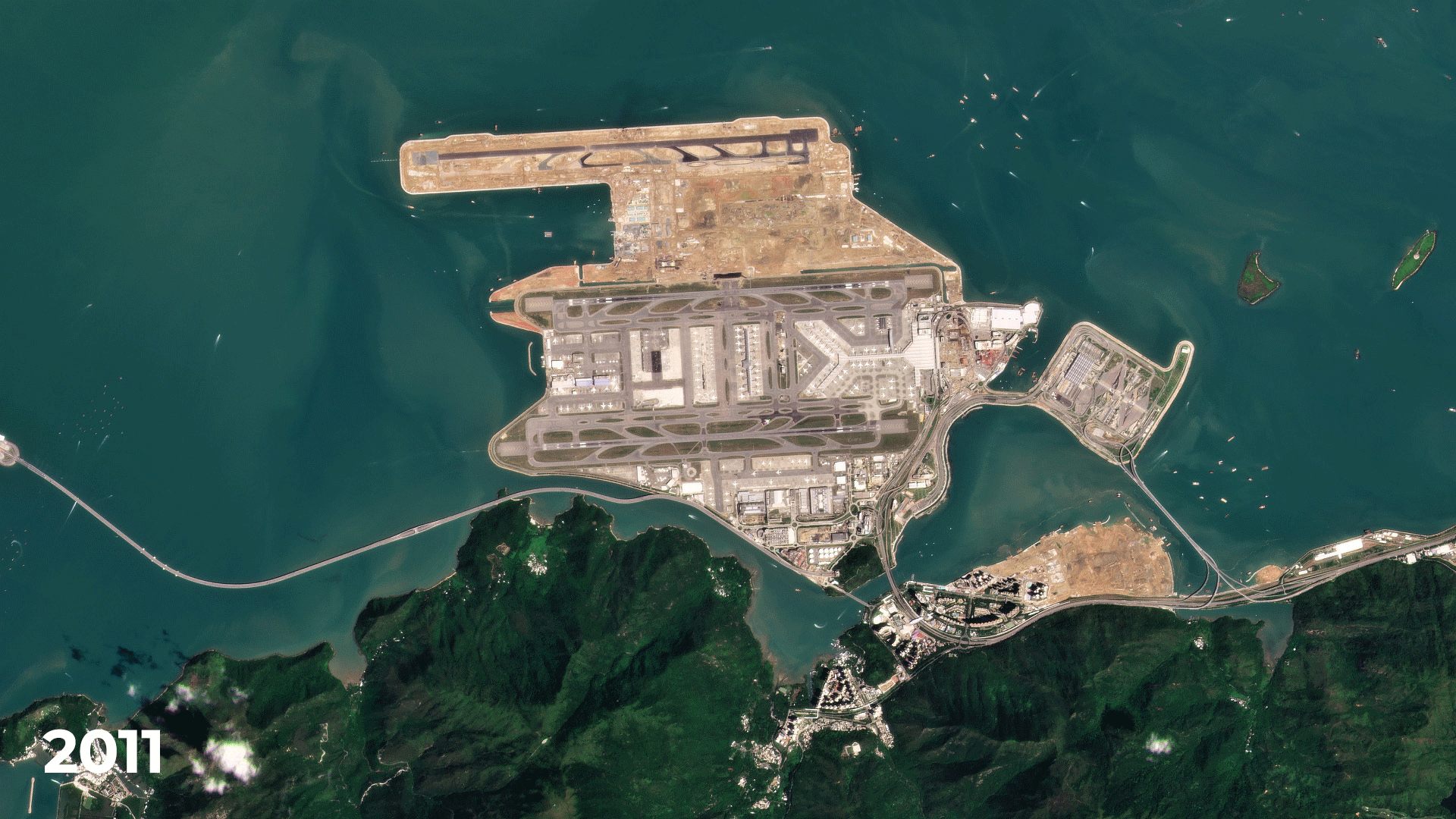 |
RapidEye & PlanetScope • Hong Kong International Airport, Hong Kong, special administrative region of China • 2011 - 2021 |
Timelapses reflect the paradox that time is both impossibly slow and fast, the days drag on but the years fly by—and a decade is both an eternity and no time at all. But even though they’re constructed from images of the past, once lined up they show possible and future outcomes. Like flipping through photos of a kid growing into adulthood, watch a single spot on Earth over the years and notice how it simultaneously changes and stays the same. |
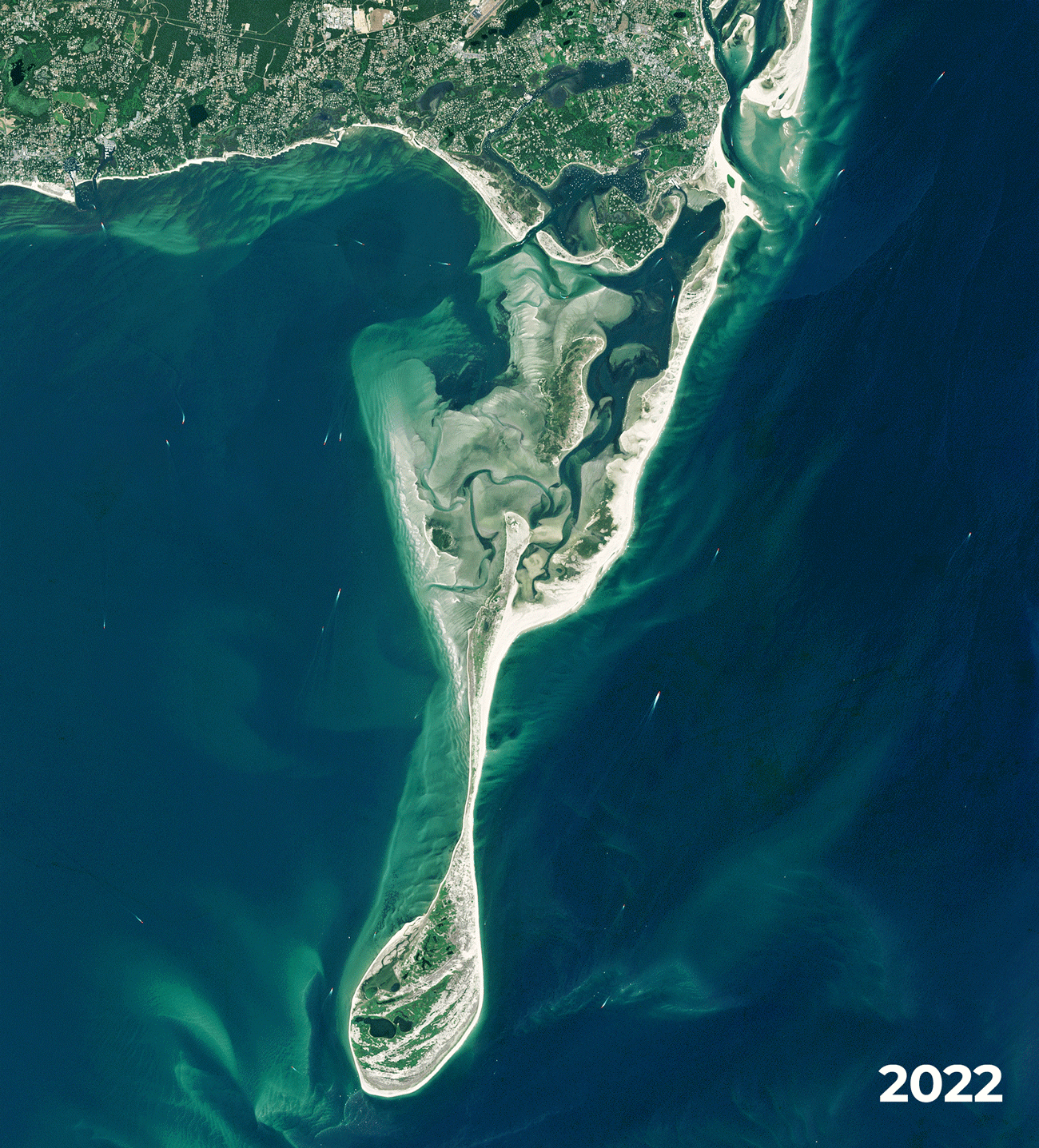 |
RapidEye & PlanetScope • Chatham, Massachusetts, USA • July 17, 2010 - July 31, 2022 |
|
|
|
|
|
|
|
|
|
|
|
wHAT IN THE WORLDLake Balkhash
Kazakhstan’s Lake Balkhash is a bit of a puzzle: it’s one body of water with two hydrological systems. The Sarymsek Peninsula, pictured here jutting out into the milky blue, splits the lake into two parts. The western side is wide, shallow, murky, and fresh enough to be drunk. But the eastern side is narrow, deep, a little more visible, and salty. Reeds surround the edges of the lake—which is 15th largest in the world—making it a critical wetland ecosystem in the area. In other words, Lake Balkhash is like an oyster: fresh yet salty, and hiding a pearl of natural beauty. |
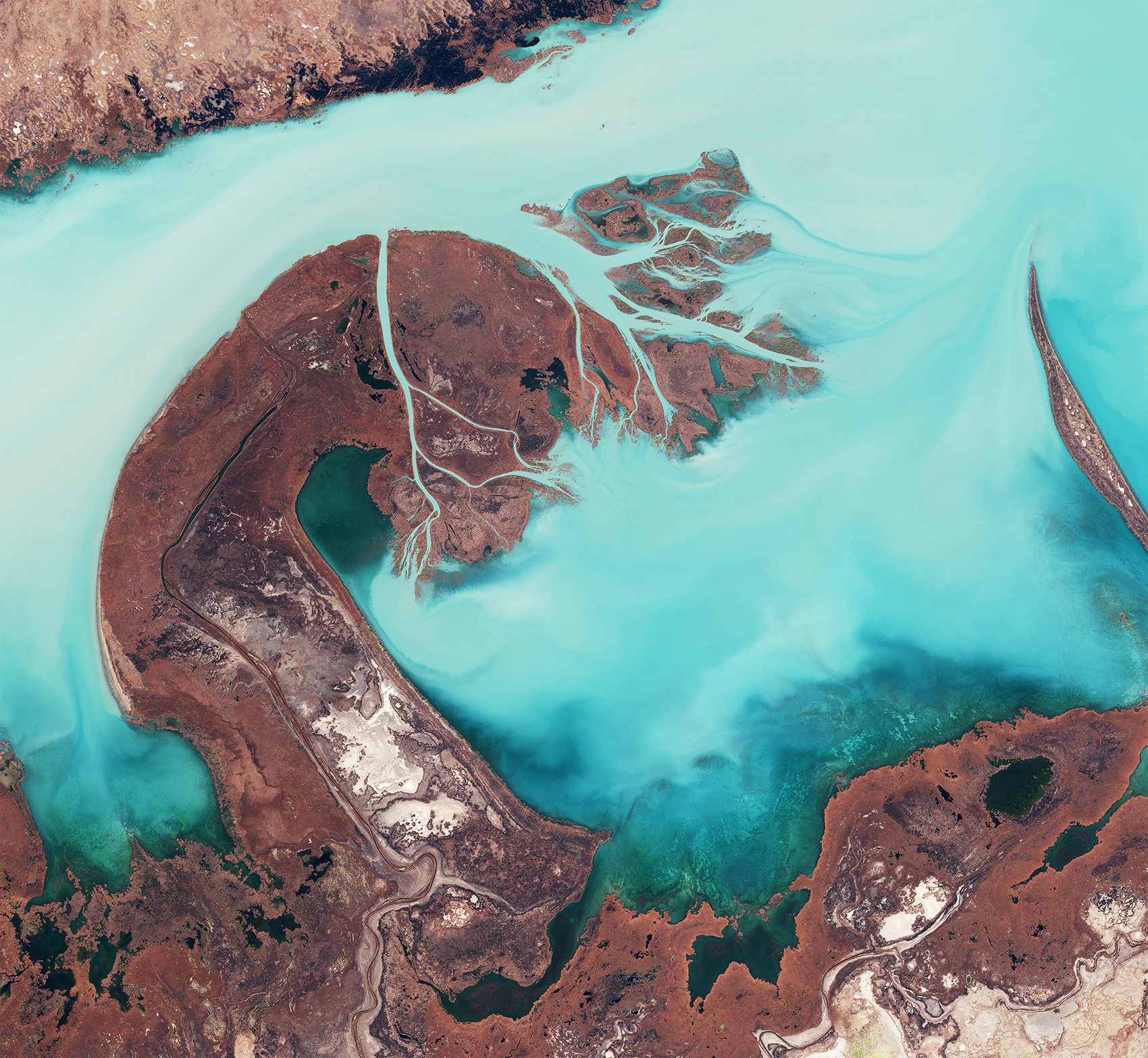 |
PlanetScope • Lake Balkhash, Kazakhstan • November 3, 2022 |
|
|
|
|
|
Remote Sensation10k: Desert Disco
Thanks to you wonderful readers, we hit a milestone here at Snapshots: 10,000 subscribers. We couldn’t have done it without you and your support.
Our editor functions on a delicate mixture of Diet Coke and feedback. And assuming you’re not a vending machine, nothing would please him more than your thoughts on how to improve Snapshots. Don’t be shy, he’s canvassed door-to-door and heard it all, so there’s no need to sugarcoat. And if you’re enjoying Snapshots, sharing it with a friend goes a long way.
Thanks for reading, your encouragement, and learning alongside us. Ad astra.
|
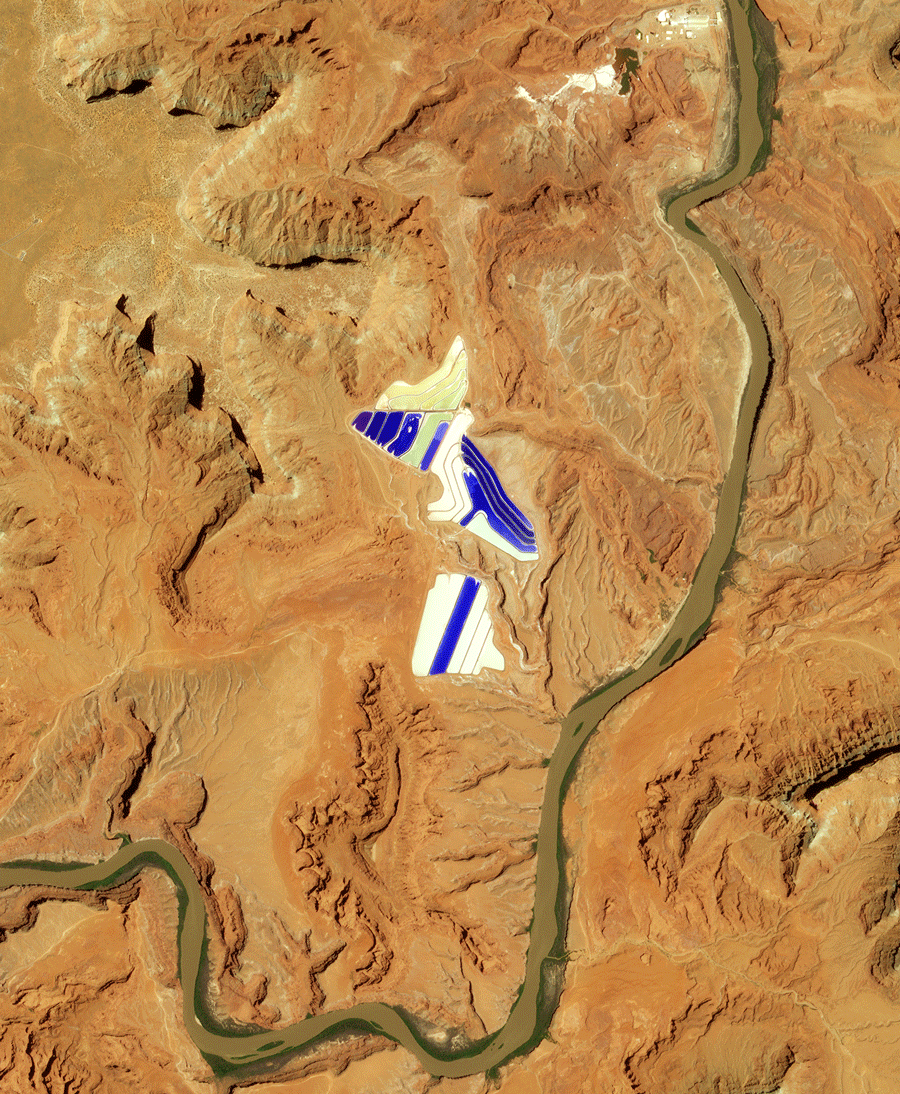 |
PlanetScope • Potash Mine, Utah, USA • May 14 - July 20, 2022 |
|
|
|
|
|
Weekly Revisit
Last week we shared the first issue of our carbon series, focusing on the role of terrestrial stocks in the carbon cycle. So check it out in case you missed it and read more stories from the full archive if you’re extra curious. |
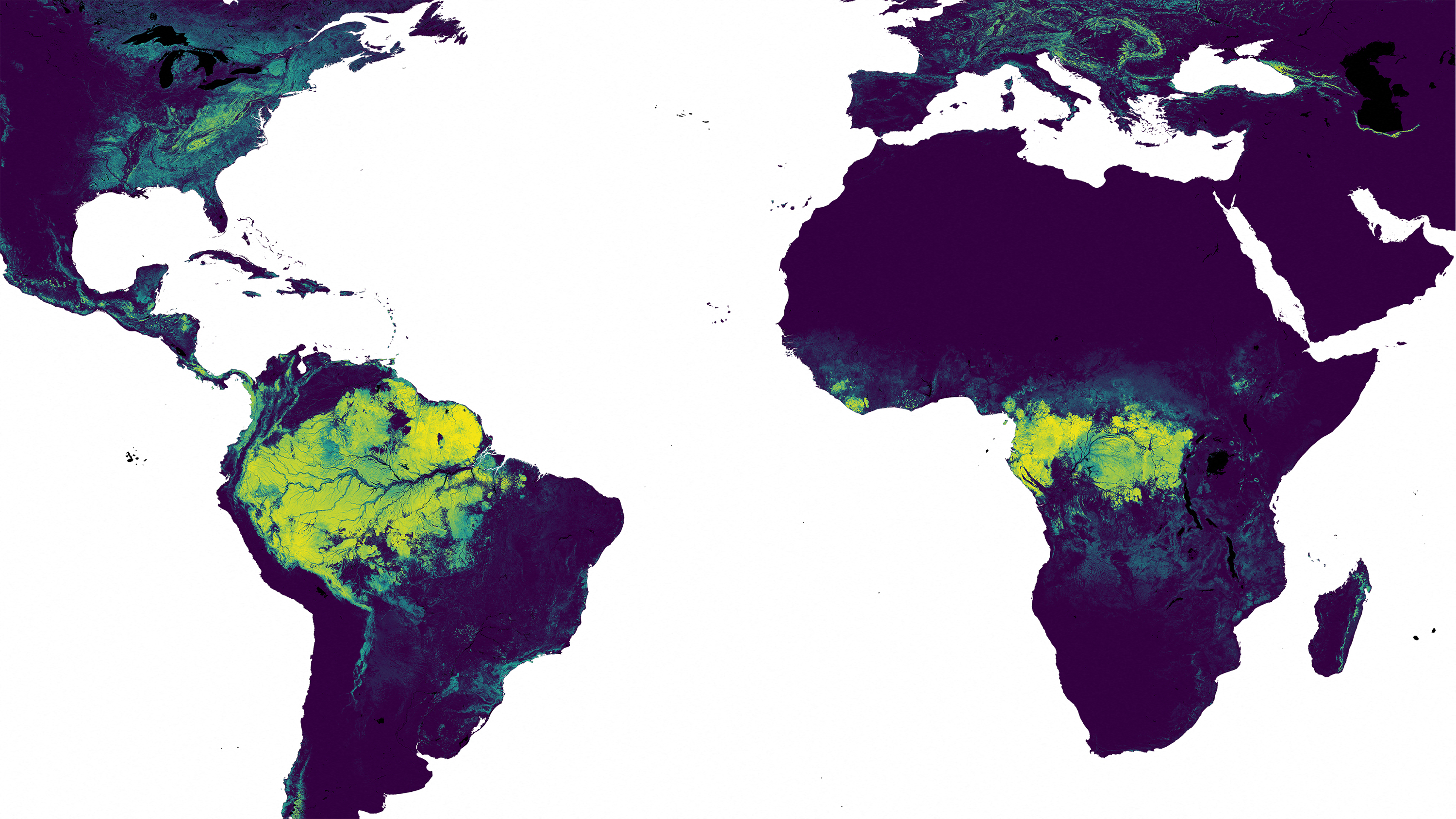 |
Salo Sciences / Planet Labs PBC • Map of aboveground forest carbon • Yellow is highest levels of carbon, green and blue indicate progressively less carbon, while dark purple areas are not forested • 2023 |
|
|
|
|